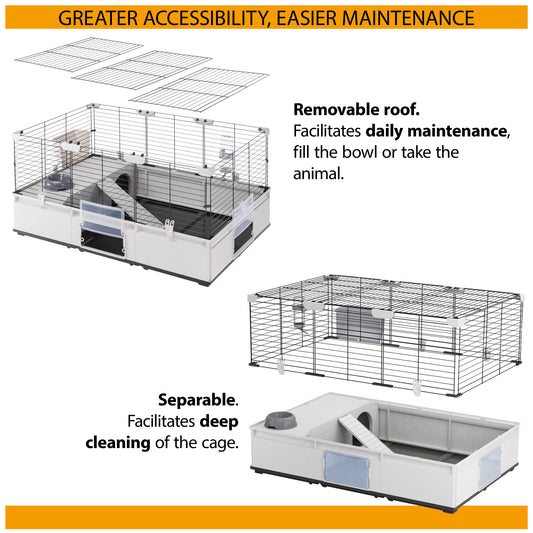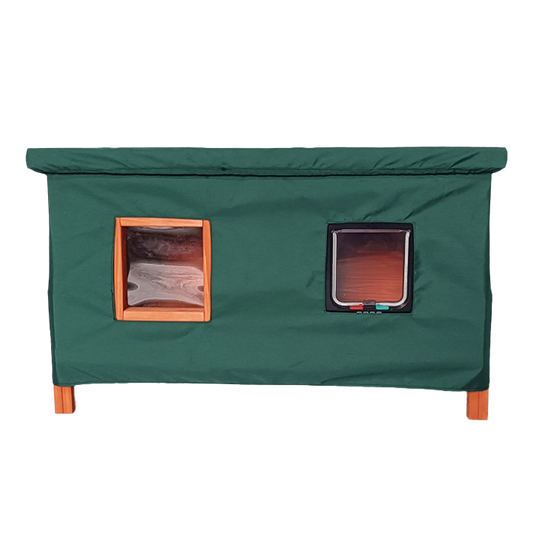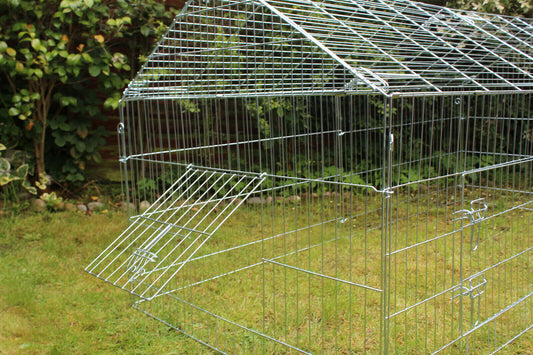It's very important to keep both dogs and owners safe when walking, especially when your dog can pull you over if they see something they like. Elizabeth Quinn, a new dog owner, shares her experience with teaching her Labrador puppy, Murphy, how to walk on a leash.
Loose Dog Lead Walking
Loose dog lead walking is one of the toughest yet most rewarding things that you can teach your dog. Not only for them but for you as well.
Having personally braced myself and resorted to wearing weightlifting gloves whilst out walking my 32kg Labrador, I can’t stress enough the importance of proper walking technique. Ensuring you have the right dog lead suitable for the task is also critical.
Removing Tension
Dogs, just like humans don’t like to feel tense when walking. Having a dog lead under tension increases their anxiety and makes them feel there is something to be wary of. They mirror our moods and if we are gripping them tightly, they believe there must be a reason for that, queue their over alertness kicking in. Make sure you get a suitable dog harness that is comfortable for them.
Don’t fall down
Having only grown up with small dogs, that quite frankly would do well to pull over a soft dog toy let along a 60kg human, I was unprepared for walking a big dog. As a puppy I wrongly thought it didn’t matter that much. If he pulled or lunged at another dog, I was able to pull him back, but at 10 months and weighing a whopping 32kg this was not so easy.
Couple this with the slippery, muddy conditions of an autumnal walk and I would be flat on my back if there was something he decided was more important to get to than the yummy dog treat I had ready in my left hand.
Walking nicely
Getting your dog to walk nicely on the dog lead is what I believe to be the longest and hardest of all the training topics you cover as a pawrent. It takes time, day in and day out, they step ahead of you, you stay still, give them a gentle tug and remind them to step to heel. There would be some days I had walked for half an hour but not yet left the street I lived on.
At this point it’s not about the distance of how far you walk or that you have gone for a nice walk, its about the training and discipline it takes to get your dog to nicely walk by your side.
Recall
Having a good recall is imperative to being a responsible dog owner, whether you use a clicker or "heel". I have lost count of the amount of times I hear an owner shouting “Don’t worry he’s friendly.” Friendly to who I wonder? No two dogs will ever react the same and their dog may be friendly but how do they know mine is? What’s to say my dogs not on a dog lead because it has an aggressive nature with other dogs?
That a dog running at great speed off the lead towards him would send him into a fearful state, resulting in an aggressive incident. Who would get the blame then?
Coming back to you
Ensuring your dog comes back when it is called is so important, otherwise you have no idea where it could end up or what sort of trouble it could get into.
Recall needs to be built up gradually. If you are not confident in your dog’s recall, invest in a long dog lead first. This gives them the freedom to be further away from you and for you to practice calling them back, but also gives you the safety net of being able to step on the end of that long dog lead, should they look like they are about to take off.
Murphy is learning every day but he still has a long way to go. Using the techniques, I have found training him on his walks to be much easier. You can have as well-trained dog as possible in your home, but this means nothing if once you step on the pavement you have no control at all.
If you enjoyed this article, why not read:
Dog Training 101: How to Completely Train Your Dog
Walk in Style: The Ultimate Guide to Stylish and Functional Dog Harnesses
National Lost Pet Prevention Month - Tips to Avoid Losing your Dog









